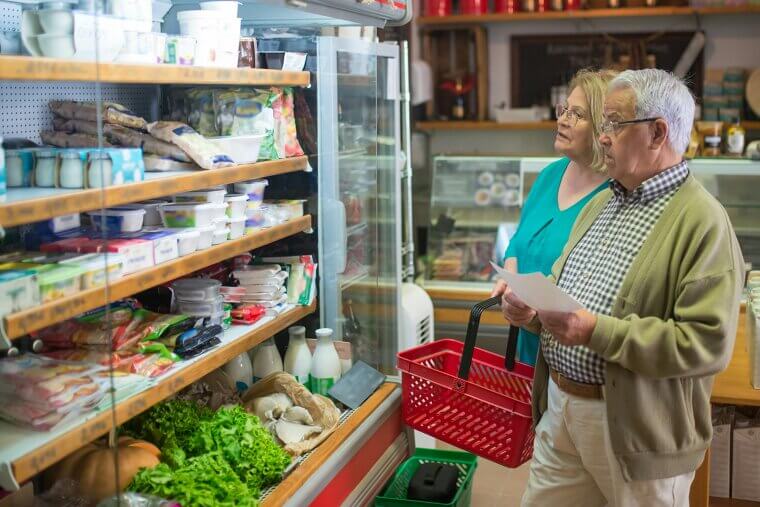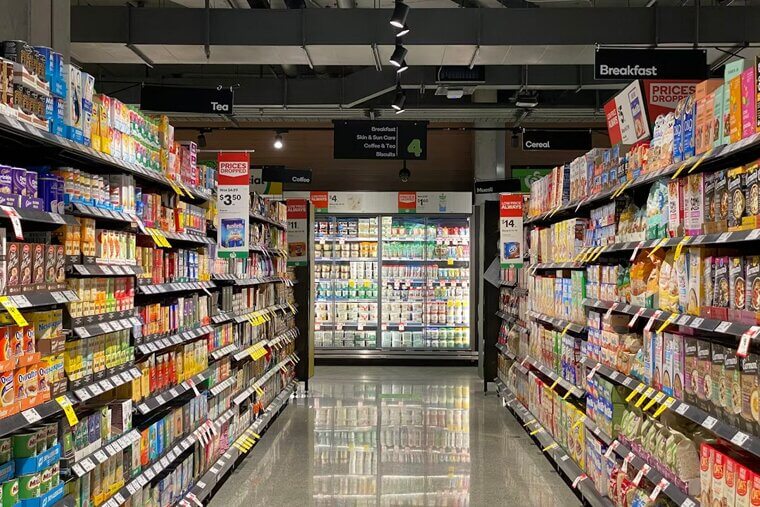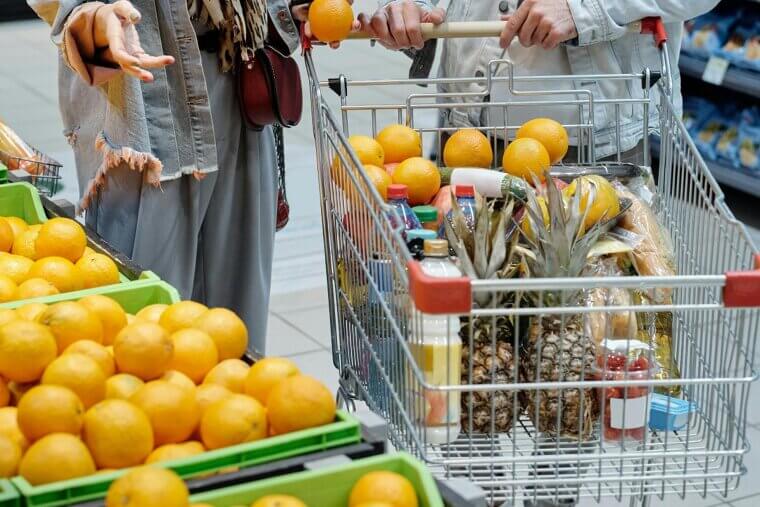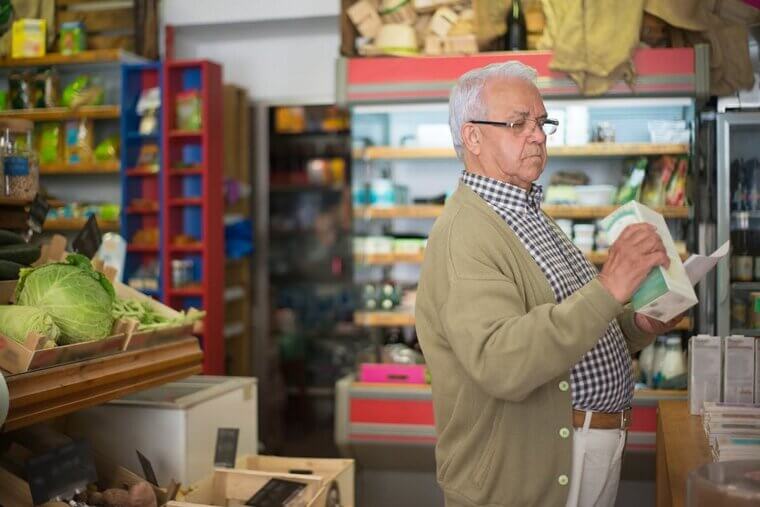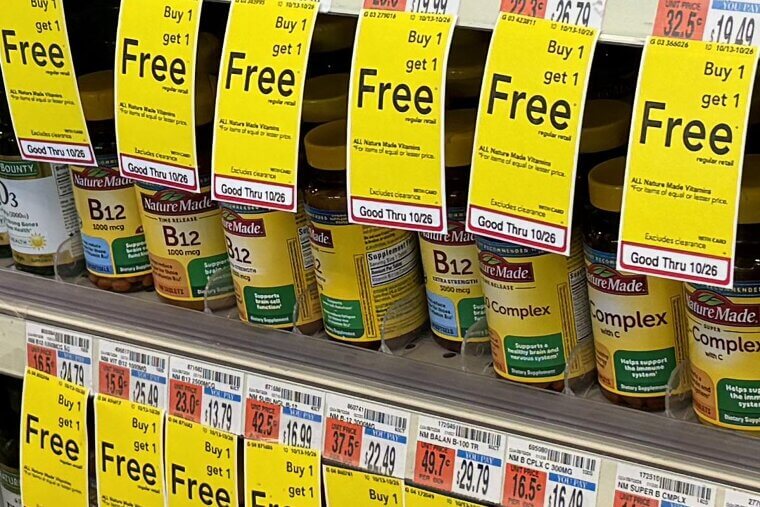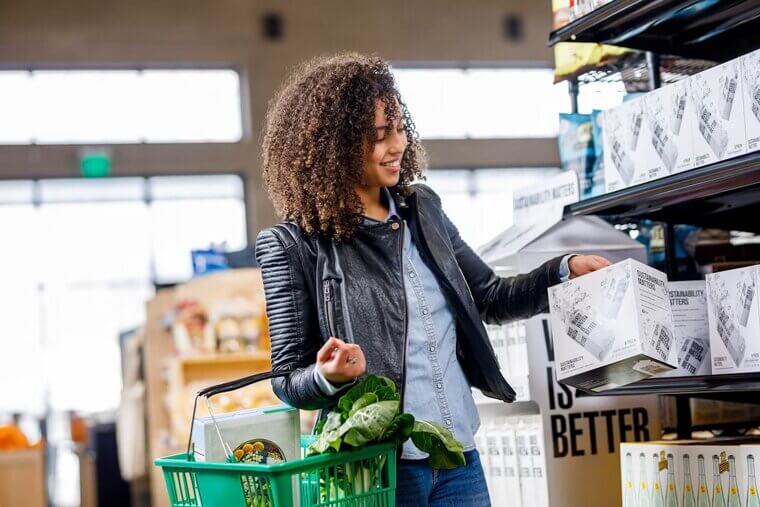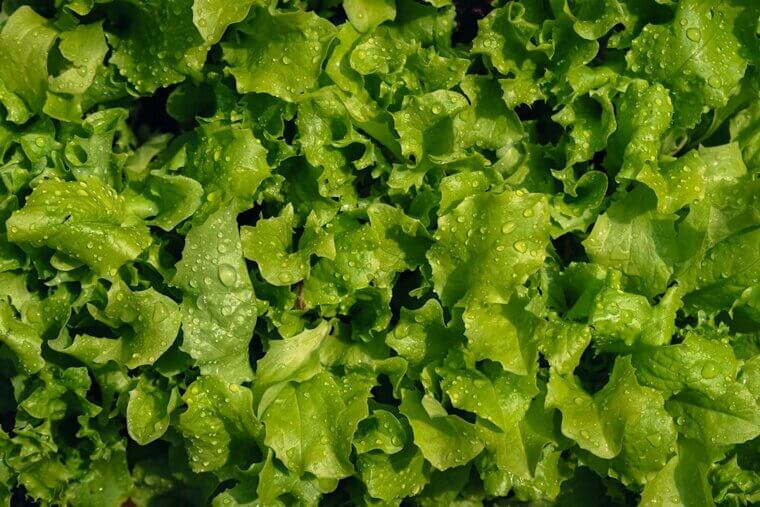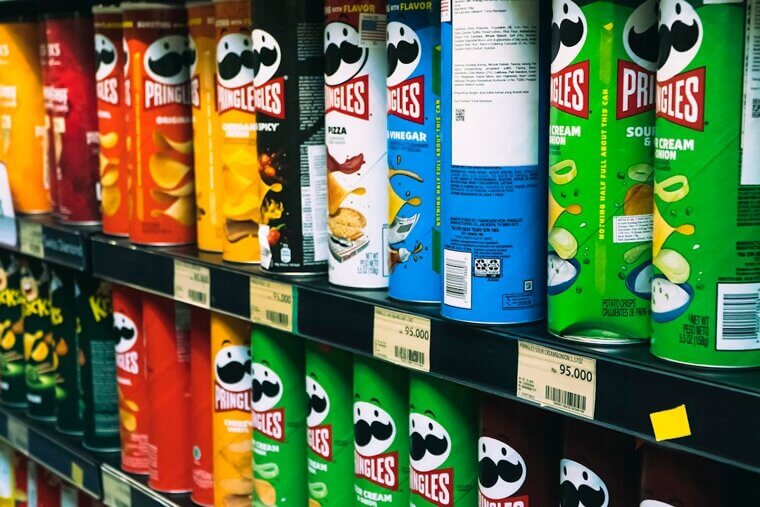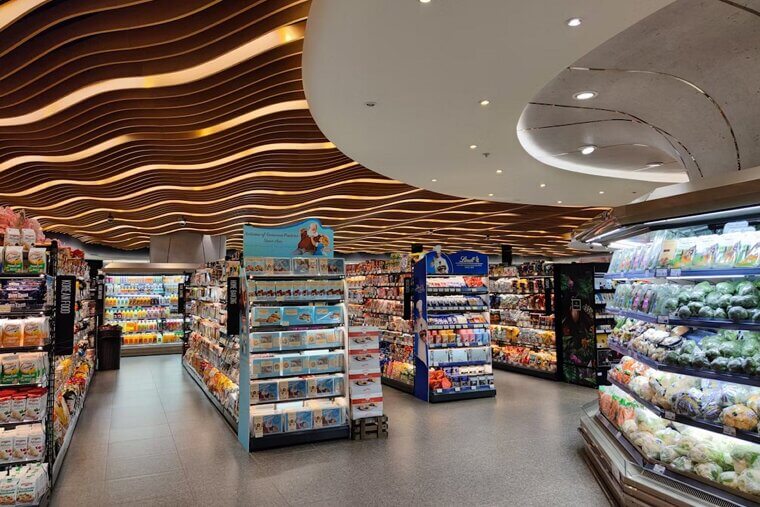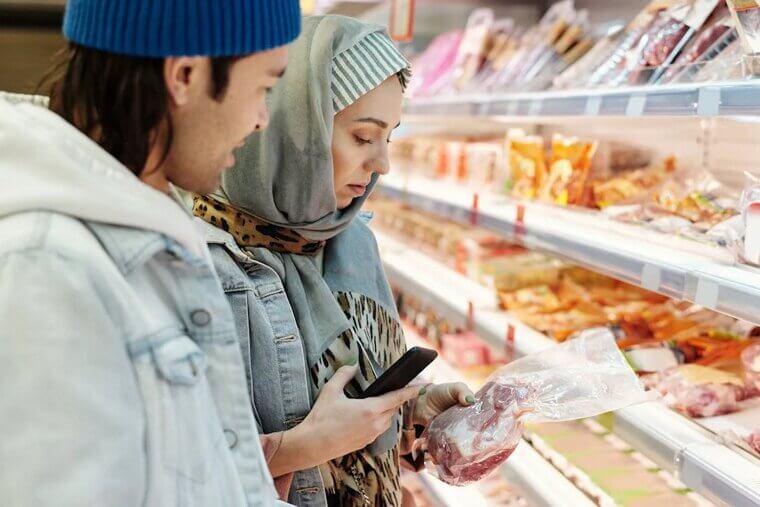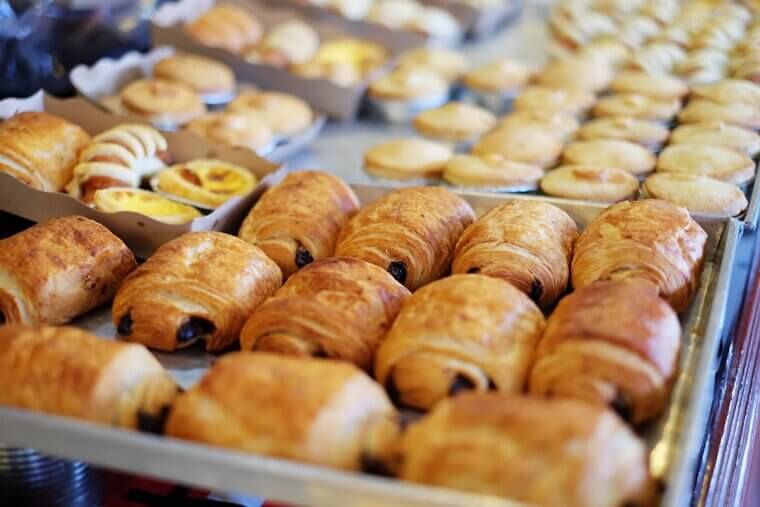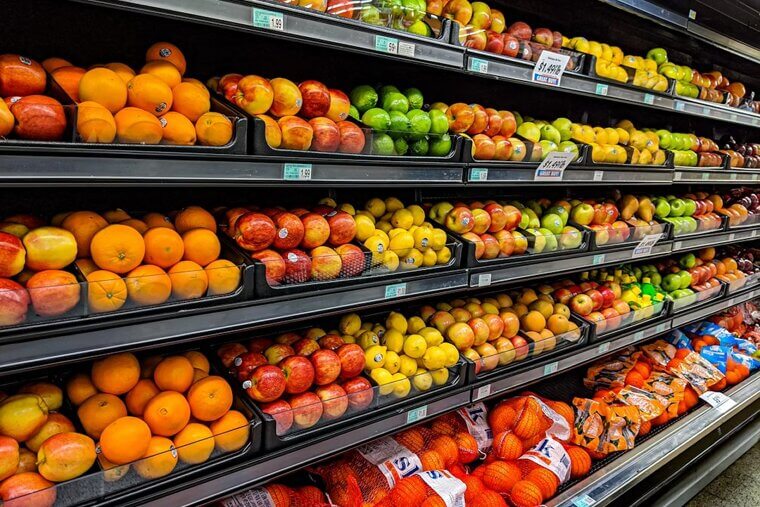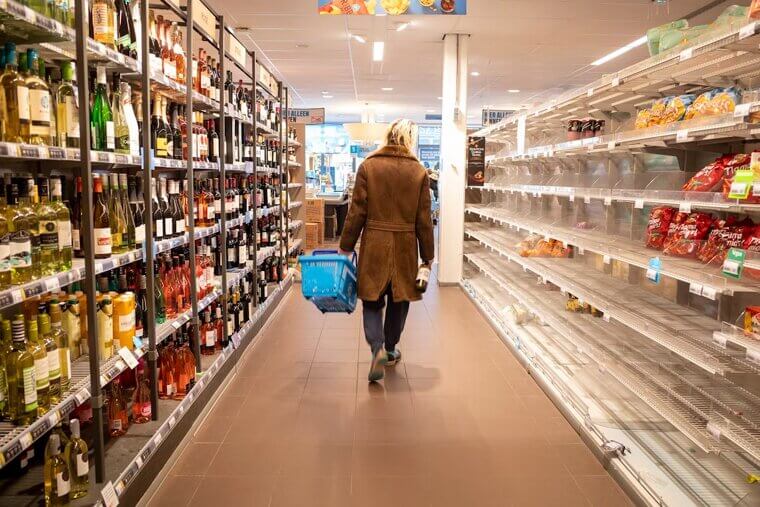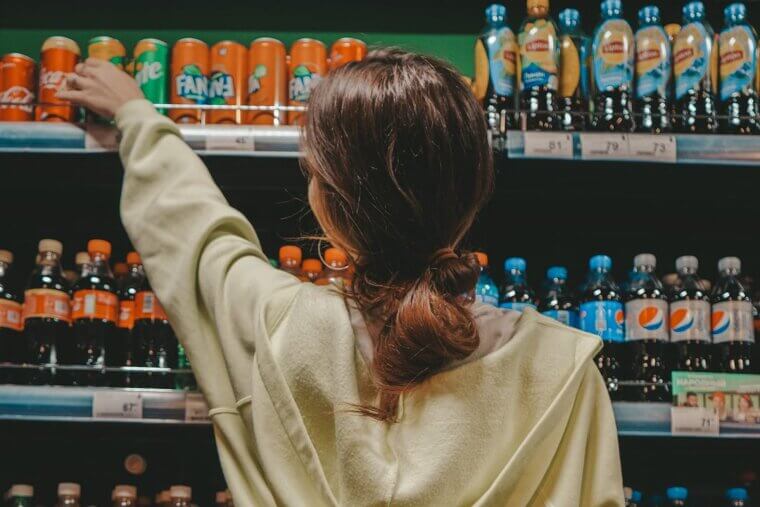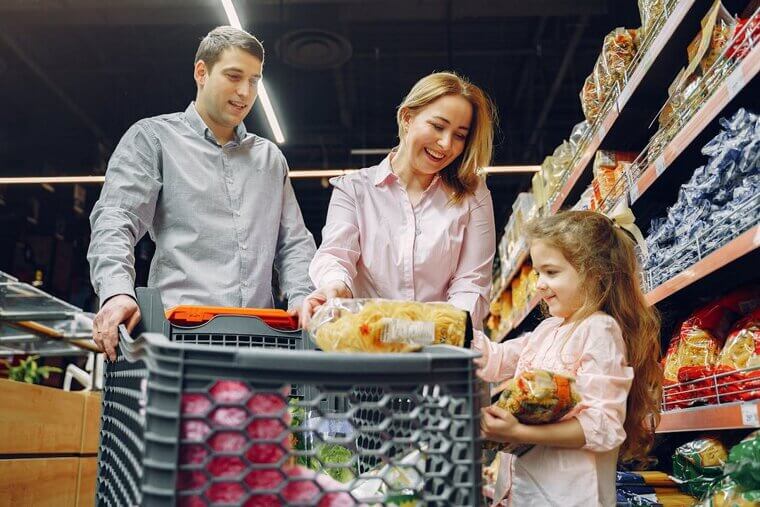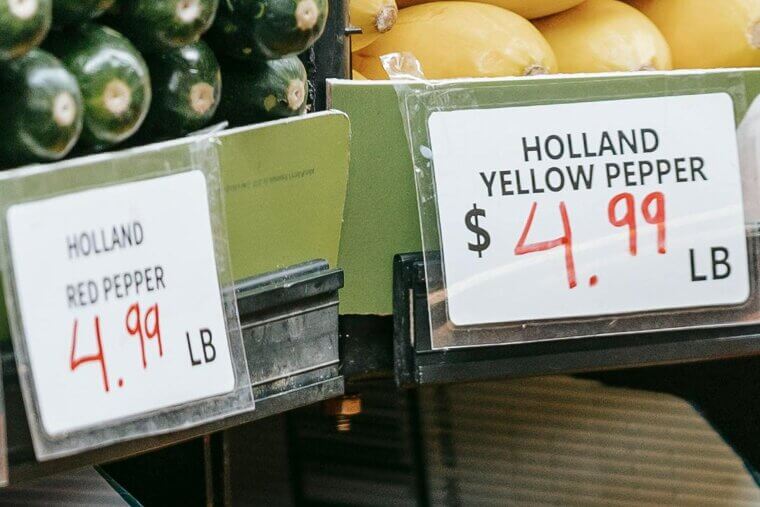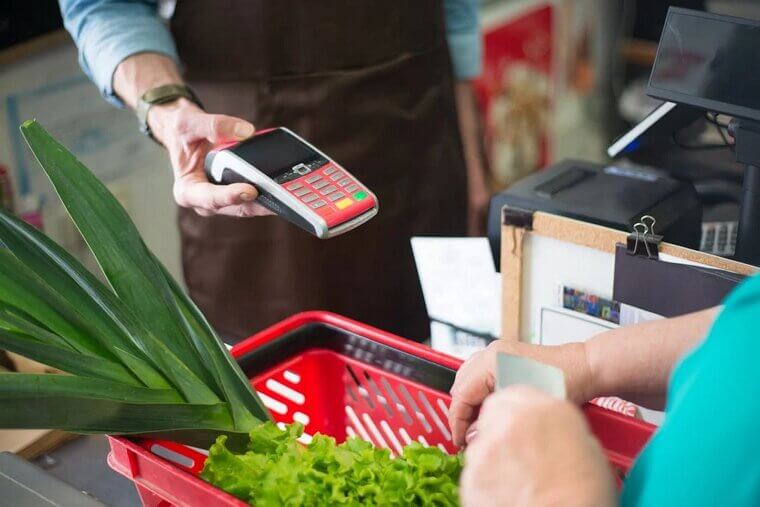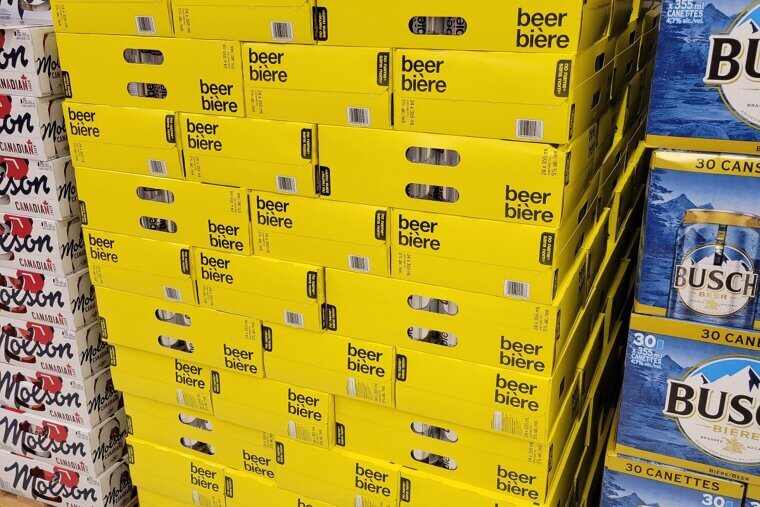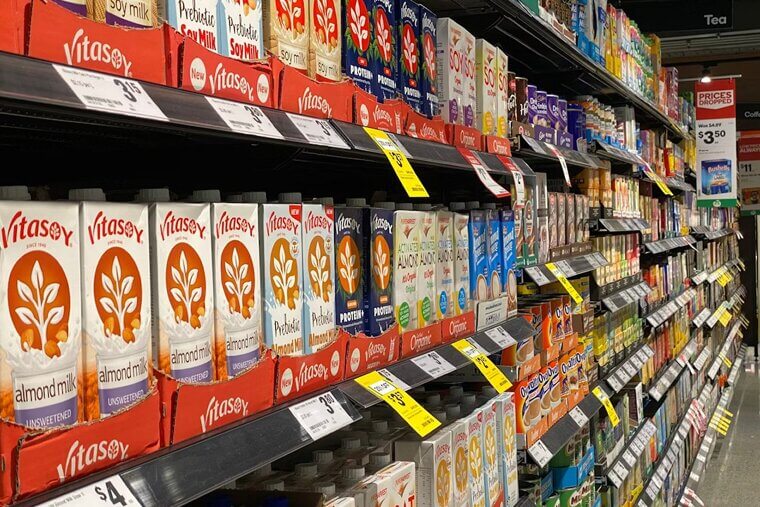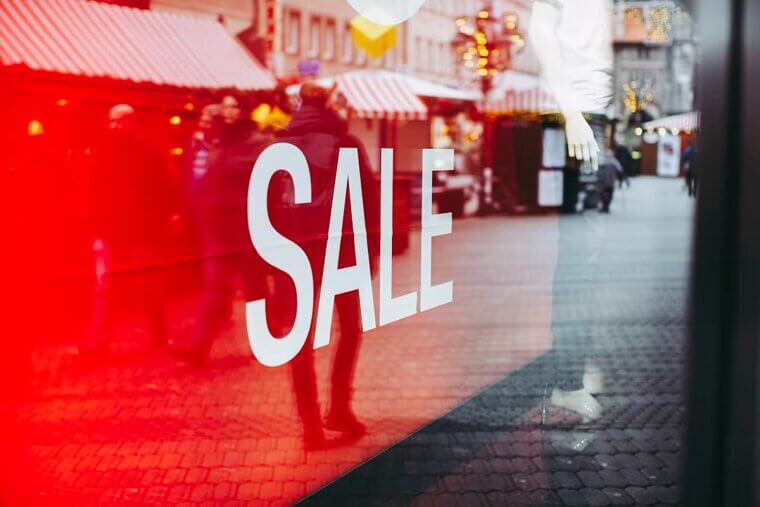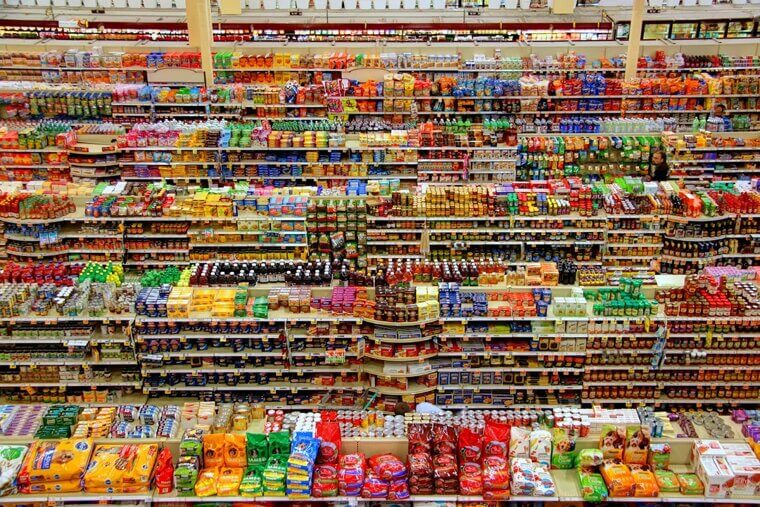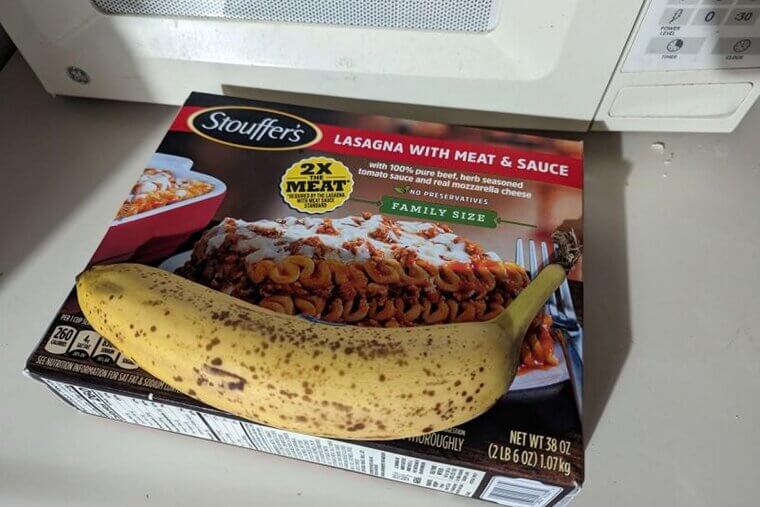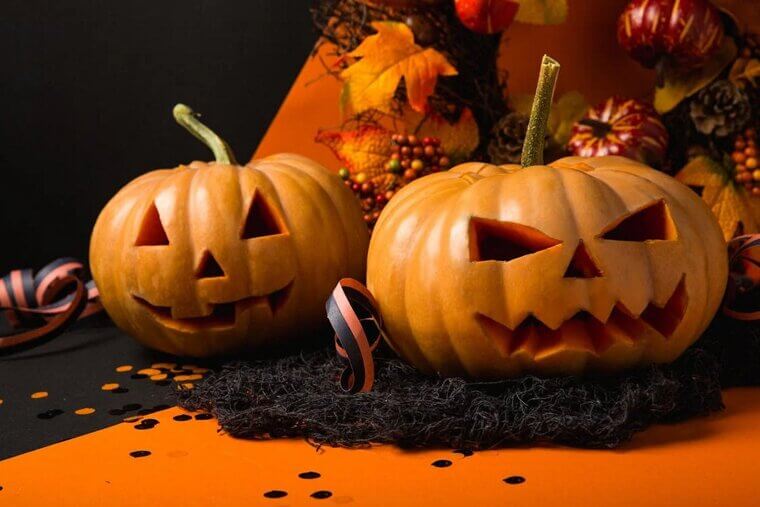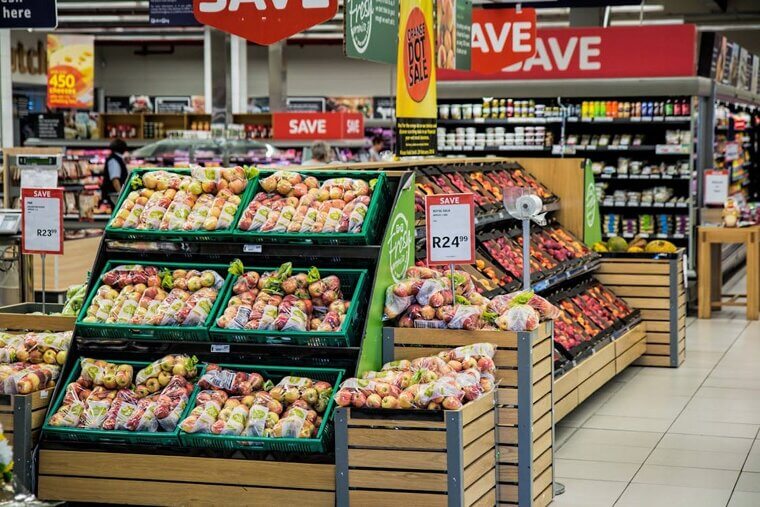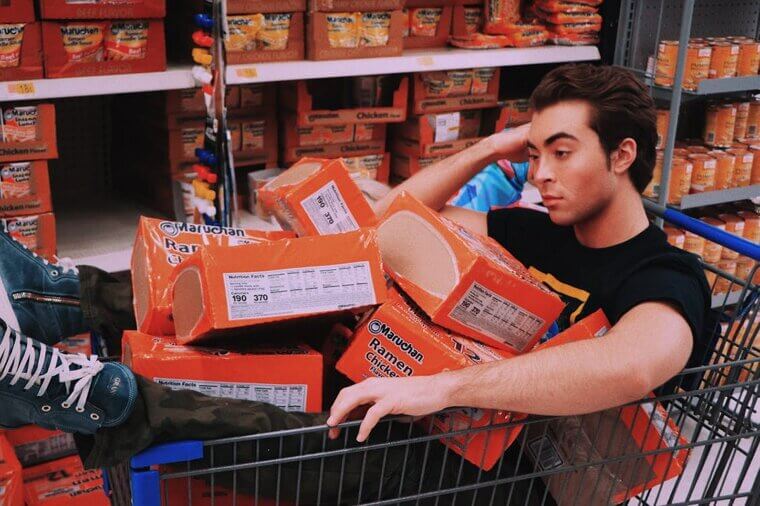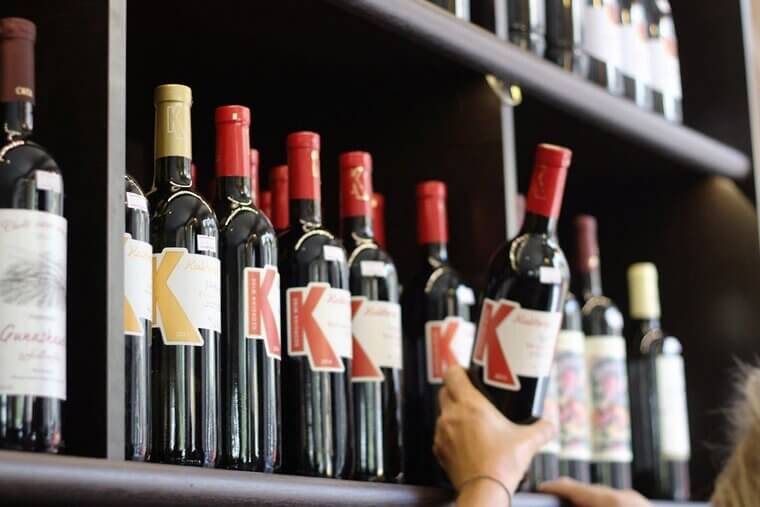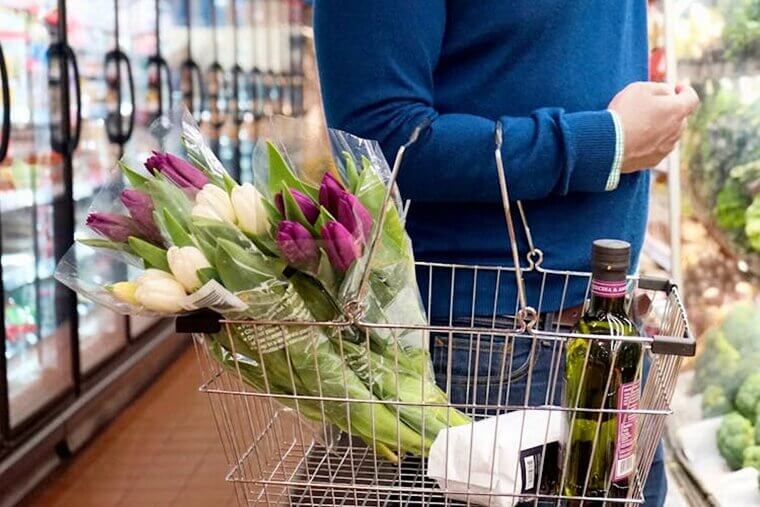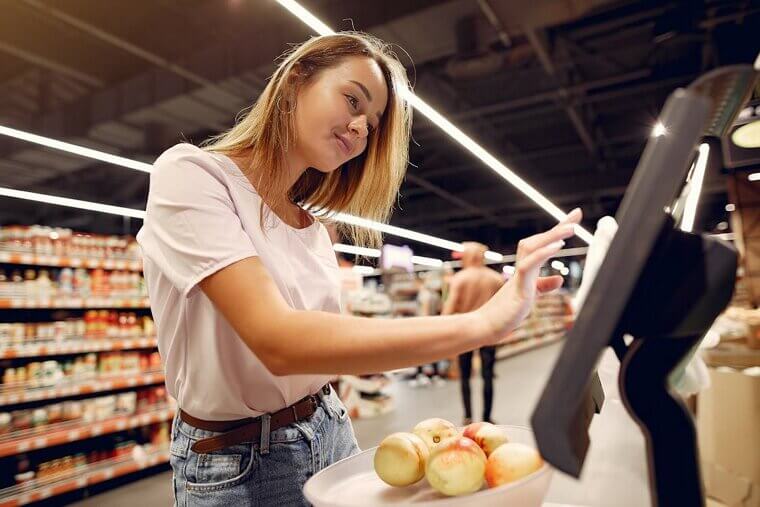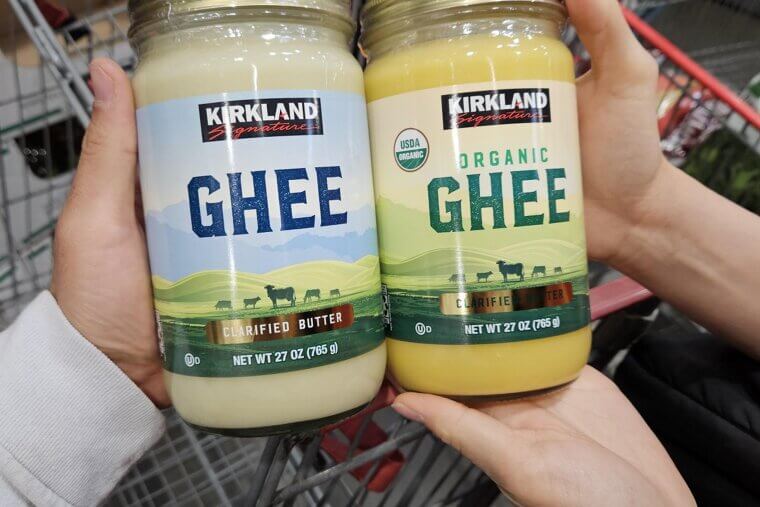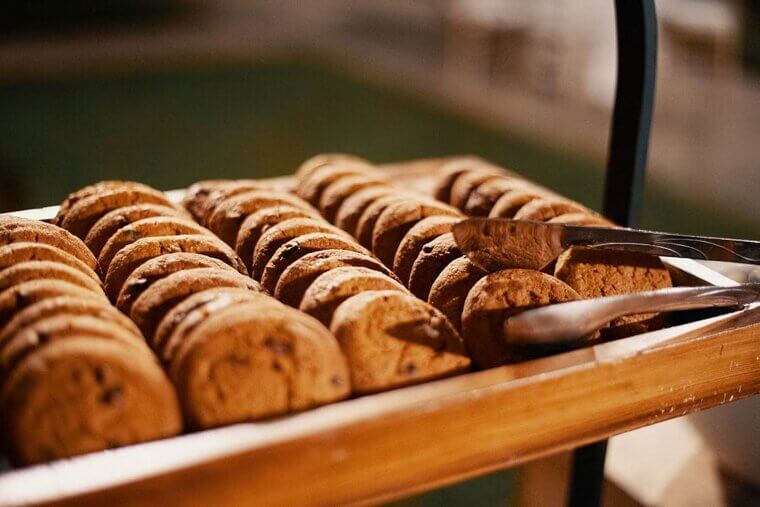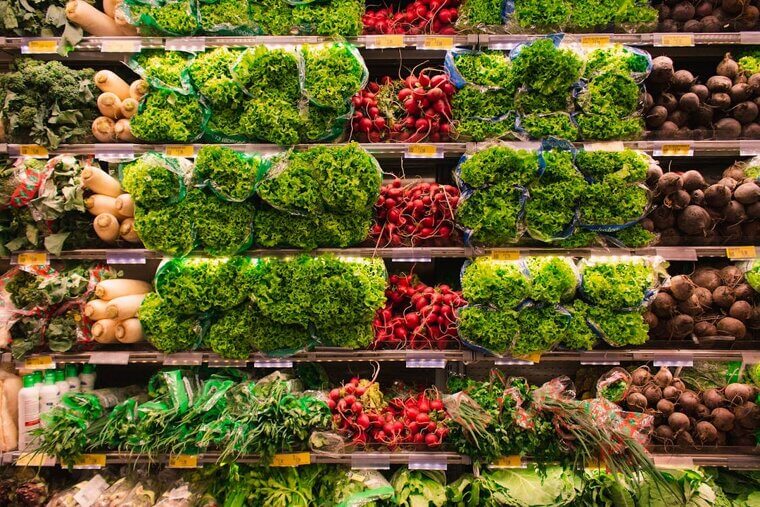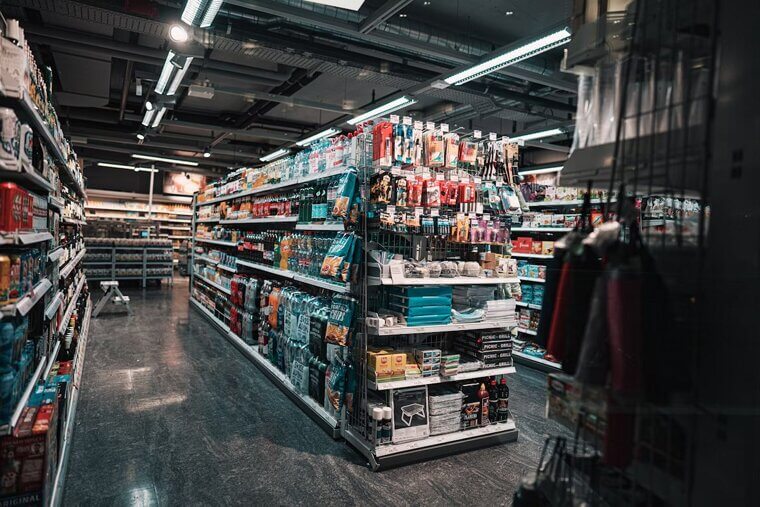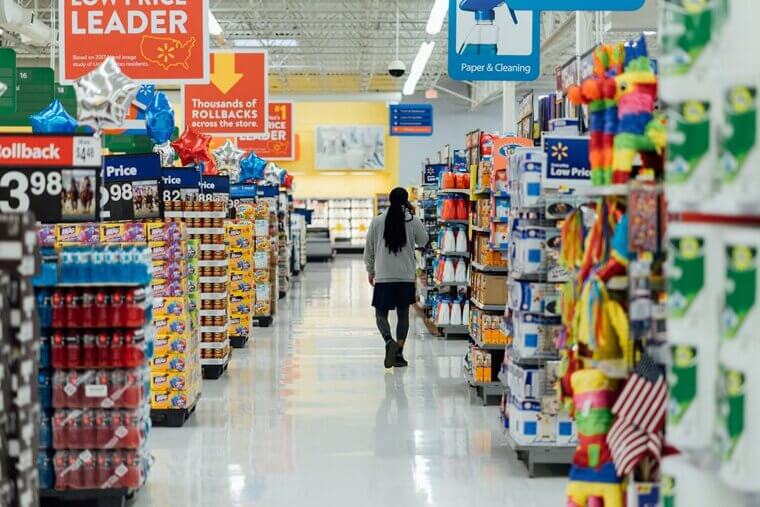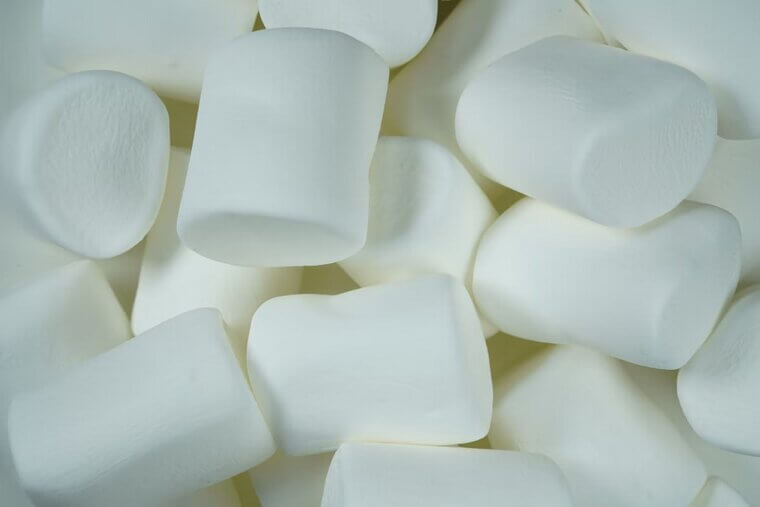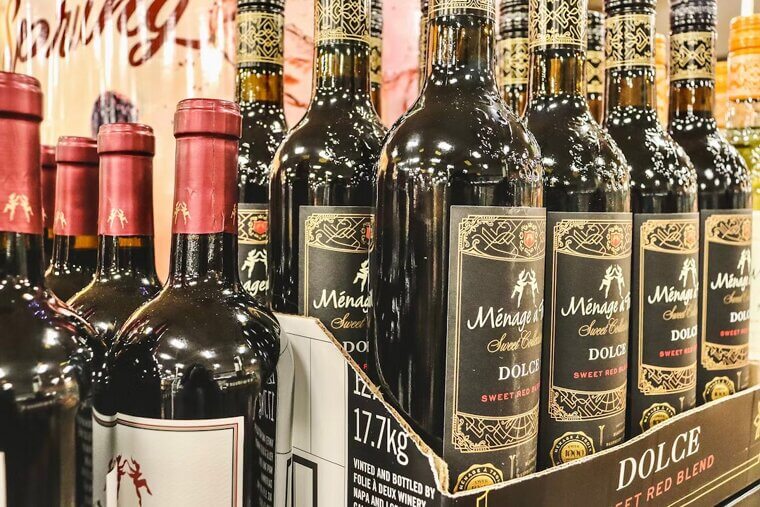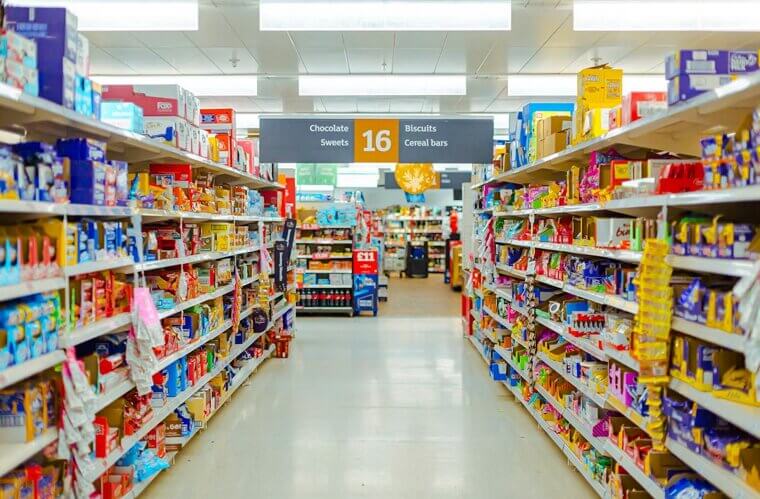Grocery Store Tricks That Quietly Empty Your Wallet
Going to the grocery store can be a psychological nightmare at times. Why are certain items easy to reach and others not? Well, it’s all to do with retail psychology – the science of getting people to spend more. Pay attention now as we run you through 35 of the tricks stores use to make you part with your hard-earned cash.
Putting Essentials at the Back
Ever notice how the milk and eggs are way in the back? That’s no accident. Grocery stores make you walk rows and rows of impulse buys just to get what you came for. So many people have come to the store looking for something like bread and left with a basketful of cookies to go with it.
Giant Shopping Carts
Shopping carts seem to get bigger every year. That’s because an emptier cart makes you feel like you haven’t bought enough. When the cart still looks half-empty, you're more likely to toss in a few more things without even thinking about it, and they quickly add up.
Playing Slow Music
Ever wonder why the music in grocery stores is so chilled-out? Turns out slow tunes keep you moving at a relaxed pace, which means you stay longer, browse more, and buy more. It’s a trick many people never even realize is being played on them.
Buy One Get One Free Deals
BOGOF deals aren’t as good as they sound. Sometimes, the price of the first item is actually raised to cover the cost of the second item, so you’re really just being taken advantage of. Try and avoid BOGOF deals unless it’s something you really need.
Eye-Level Product Placement
The most expensive brands are often placed right at eye level, where you're most likely to spot them first. Meanwhile, budget or generic options? They're probably down by your feet or way up high where you have to stretch to reach them.
Spraying Produce With Water
Ever wonder why things like lettuce and celery get sprayed with water in grocery stores? Well, it’s not actually to keep them fresh. Produce absorbs water and gains weight, making the produce more expensive on the scale. You’re literally paying extra for the added moisture.
Free Samples That Spark Cravings
How nice, the store is giving away free samples! It’s not really all that nice, though. Once you taste something delicious, you’re more likely to toss it in your cart, even if it wasn’t on your list. Stores get so many more sales this way.
End Cap Displays
Stuff on end caps - the displays at the ends of aisles - look like bargains, but they’re often just full-price items dressed up to look important. People go to the end caps hoping for deals and end up buying whatever’s there.
Bundling Items Together
Ever see signs like “5 for $5” or “3 for $10”? You probably think you need to buy all the items to get the deal… but in many cases, you actually don’t. Most stores charge the sale price even if you buy just one.
Bakery Smells at the Entrance
There’s a reason stores bake fresh bread and cookies near the entrance - it smells amazing and instantly triggers hunger. And that hunger leads to more sales as you rush to the bakery and buy whatever it was smelled so good. Try to resist next time!
Bright Colors in the Produce Aisle
Bright colors and well-organized displays make fruits and veggies look fresher and more appealing. It creates a farmer’s market vibe, even if the prices are, shall we say, not comparable with the farmer’s market. A lot of work goes into keeping that produce aisle perfect.
Store Layouts That Force You to Wander
Grocery stores are laid out like a maze on purpose. They rarely make it easy to go in, grab what you need, and get out. You’ll zigzag around from aisle to aisle, and the store owners are hoping that along the way you’ll be tempted with impulse buys.
Loyalty Card “Discounts”
You scan your loyalty card and get “deals,” but really, these so-called discounts are just ways to track your habits and suggest future purchases. Some prices are inflated to begin with, so that loyalty discount brings them back to normal. Don’t trust loyalty cards!
Placing Kid Stuff at Kid Height
Stores want kids to spot something they like and nag their parents for it. But how to get kids to notice products? Easy – toys and sugary snacks are placed at kid height in the aisle, so kids will see them straight away and demand them.
Price Tags That End in . 99 or . 98
Those “$4.99” or “$2.98” price tags might look like you’re saving money, but you’re really just being psychologically manipulated. That one-cent difference makes your brain round down, even though $4.99 is basically just $5. So it feels cheaper, but it’s really not.
Placing Impulse Buys at Checkout
The checkout lane is prime time for last-minute spending, and retail store designers know it. Candy bars, gum, lip balm, magazines - it’s all placed there because stores know you’re bored, tired, or distracted by the time you’re ready to pay for your items. What’s one more cheap thing? But it all adds up.
Making Store Brands Look Like Name Brands
Have you noticed how store-brand packaging is starting to look a lot like the name-brand stuff? That’s very much on purpose. The similar colors and fonts make you feel like you're getting the same quality for less, but you might not be.
Limited-Time Only Signs
“Limited time only” is one of the oldest tricks in the book. When a product feels like it’s about to disappear, you're more likely to grab it just in case. It creates urgency – and urgency leads to more sales. So many people fall for this one, don’t be one of them!
Using the Word Sale Without A Real Sale
Just seeing the word “SALE” in bold bright letters is often enough to catch your eye and convince you to buy. But many of these items that are supposedly on sale aren’t actually marked down by much, certainly not enough to get you a good discount.
Rearranging the Store Frequently
Just when you know where everything is, your grocery store decides to mix it all up. It’s not random. The goal is to force you to search and while you're wandering, you’ll probably pick up items you didn’t plan to buy. It’s a very sneaky move.
”Family Size” That’s Not a Deal
You’d think buying the bigger bag or box would save you money, but that’s not always true. Sometimes, “family size” products are actually priced higher per ounce than the regular size. People put them into their carts without considering that they’re being ripped off.
Eye-Catching Seasonal Displays
Giant pyramids of watermelons in summer or pumpkin towers for Halloween are designed to pull you in. These snazzy seasonal displays tap into nostalgia and excitement, encouraging you to buy things you’re probably never going to use, like Halloween candy buckets.
Tricky Shelf Labels
Shelf tags are packed with information, but they’re not always clear. Some show the price per pound even if the item is sold per piece, or vice versa. Others highlight savings that only apply if you buy multiple items. It's easy to misread a tag and assume you're getting a better deal than you really are.
Overstuffed Bins and Baskets
Those overflowing bins of snack foods make it look like they’re flying off the shelves - but often they’re just deliberately overstocked to create a sense of urgency. And as we already said, urgency translates into people spending more money.
Free “Tastings” That Aren’t So Free
Some stores host little wine or deli “tasting stations” that feel fancy enough to lure you in. But once you try that exotic cheese or expensive red wine, you’re more likely to grab the pricey version later on instead of your usual cheap product. And that’s exactly what the store wants you to do.
Featuring High-Margin Items Up Front
You may have noticed that right when you walk into a store, you’re hit with displays of flowers, baked goods, etc. These are what’s known as high-margin items, meaning the store makes a nice profit on them. Putting them right up front grabs your attention and tempts you to buy them before you've even made it to the items you actually came for.
Making You Bag Your Own Groceries
Self-checkout can feel convenient, but here’s the twist - it also lowers your resistance to buying more. The people who research these things have discovered that without a cashier present, people will spend more on impulse buys at the checkout.
Healthy Labels On Non-Healthy Food
Words like “organic,” “natural,” “gluten-free,” or “non-GMO” make products sound healthier, but turns out they’re still packed with sugar or fat. Healthy buzzwords encourage you to spend more because you feel like you’re making a smarter choice, but unfortunately you’re not.
Using Warm Lighting in Certain Sections
You might not notice this one at all until someone points it out, but lighting varies throughout the average grocery store. Warm, cozy lights are used in bakery and deli areas to make food look more appetizing. It’s a subtle trick, but it works really well.
Pricing Per Piece Instead of Per Pound
Sometimes stores will sell fruits like avocados or mangoes “each” instead of by weight. It seems simpler, but it can also disguise price hikes. If prices go up, changing the unit from per pound to per piece makes it harder to compare costs.
Stashing Expensive Items at the Beginning
Stores love putting expensive versions of everyday items, like fancy olive oils or gourmet sauces, right at the beginning of aisles, where you’ll first walk in. These are called “power spots” and they’re designed to catch your eye even if you weren’t looking for that product.
Using Scarcity Phrases Like “While Supplies Last”
Nothing triggers impulse buying like the idea that something might run out. Phrases like “while supplies last” or “limited stock” make you feel like you have to act fast. Even if the item isn’t actually that great of a deal, you’re suddenly more inclined to buy it now.
Grouping Complementary Items Together
Stores often place chips near salsa, marshmallows near graham crackers, or pasta next to sauce. This is admittedly convenient, but it’s yet another psychological trick. You came in for one item and now suddenly you’re buying two.
Creating a False Sense of Luxury
Some stores really go all out in making (say) the wine aisle feel expensive and luxurious. This triggers a desire to spend in some people, and suddenly they’re reaching for the most expensive things on the shelves.
Creating Large Aisles
Spacious aisles you can fit lots of carts in seem nice, but they’re part of the psychological plan. When there’s room to get around, you feel more relaxed and browse more. And as soon as you’re doing that, you’re spending more.

